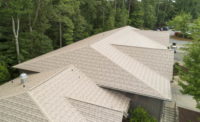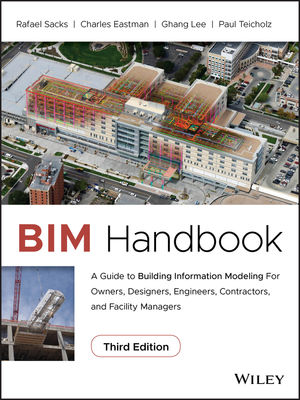Metal Wall Cladding Helps Add Life to Aging Project

Photo courtesy of alanblakely.com
Public housing developments across the United States are aging – according to the Urban Institute, 51 percent of public housing units were built before 1975. This means buildings can lack basic features like adequate insulation and air conditioning that are important for keeping residents healthy and comfortable. A recent renovation project for the Minneapolis Public Housing Authority’s Elliot Twin Towers development shows how these facilities can be upgraded to add decades to their usefulness and comfort to their residents’ lives. A metal wall panel system was used for a creative effect in this project, adding both insulating value and upscale visual flair.
Known locally as the Elliot Twins, the two-building complex was completed in 1961, with identical masonry construction. The plan developed by the MPHA and designers with the Minneapolis office of LHB Corp. included modernizing all 174 units and adding 10 new accessible units along with a connecting common area to serve as a single entrance to both structures. Exteriors also were upgraded, with a layer of insulated metal wall panels for improved energy efficiency topped by a cladding layer of metal panels that give the buildings a like-new appearance from the street.
LHB’s architects used a basic palette of two colors and three profiles for these outer panels to give each structure its own visual identity. “The metal panels allowed us to compose the new elevations in a fairly straight-forward manner,” says Lisa Germann, LHB’s project manager on the job, explaining the mix of corrugated panels and reveal panels the design incorporates. “The field and accent colors were reversed for the two buildings and the pattern was rotated to avoid a visual repeat when looking at both towers.”
Germann’s team specified Petersen’s Reveal, Flush and 7.2 rib panels for the exterior cladding and put the different profiles to work as design elements. “The Reveal panel was the primary panel,” she said. “The 7.2 rib panels were used between window openings to organize the windows on the wall and help break up the wall plane. The flush panels were used as a soffit at the perimeter of the first floor.”
The panels were chosen in a mix of Petersen’s Sandstone and Slate Gray Finishes, with the Reveal panels measuring 7-, 11- and 12-in. high. Installers with Oakdale, Minn.-based Mulcahy-Nickolaus utilized some outside help to ensure the finished buildings matched the architects’ vision. “They had a general design in the drawings with the color scheme laid out, and we had a third-party engineer come in and finalize those,” says Dan Rygwalski, Mulcahy-Nickolaus’s project manager on the job. “They gave us a panel layout and control joint layout and they did the figuring of what size panel goes where. That was probably the most complicated part of the job.”
With detailed design plans in hand, Rygwalksi’s team then had to work through a project schedule based on the buildings remaining occupied space while the work – which, in their case, also included interior drywalling and replacing all windows – was underway. “We had to go into people’s units sometimes as they were in there living their daily lives,” he says, even during Minneapolis’s notoriously cold winter months. “We were popping a window out and replacing it in about 20 minutes.”
Petersen worked with both architects and installers early in the project, Rygwalski says, helping to iron out a couple potentially problematic detail issues. “They were very helpful getting stuff going,” he notes. And the work of the full building team has paid off, with a development that’s now in good shape for decades to come.
“Everybody I’ve talked to really likes the way it turned out,” he says. Plus, he noted, the MPHA enjoyed a bottom-line bonus that added to their satisfaction with the project. “We were able to finish on schedule and under budget.”
Looking for a reprint of this article?
From high-res PDFs to custom plaques, order your copy today!







